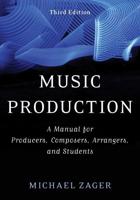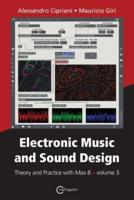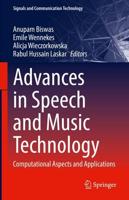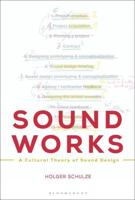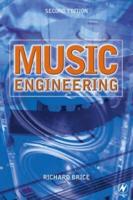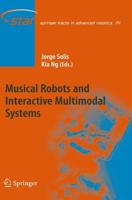Publisher's Synopsis
First there is an introduction to the principles of digital optimal and magnetic recording, designed to cutting the shortcomings inherent in all realiable recorders. The characteristics of stationary head and rotary head tape recorders are contrasted with these of magnetic and optical disks. The book then introduces the concept of channel coding which allows real data to be recorded despite limitations such as jitter and restricted bandwidth, and shows how elegant coding techniques can dramatically improve the storage of a medium.;The reliability of the medium is then compared with the sensitivity of the data to errors, and it is shown that in most cases an error correction system is necessary . Error correction is a complex subject, but the explanations given here eliminate all unnecessary mathematics, making understanding easier.;The coding theory is then reinforced by a detailed analysis of a number of modern digital recording formats, including Compact Disc, CDROM, RDAT, and the D-1 and D-2 digital video recorder formats.

